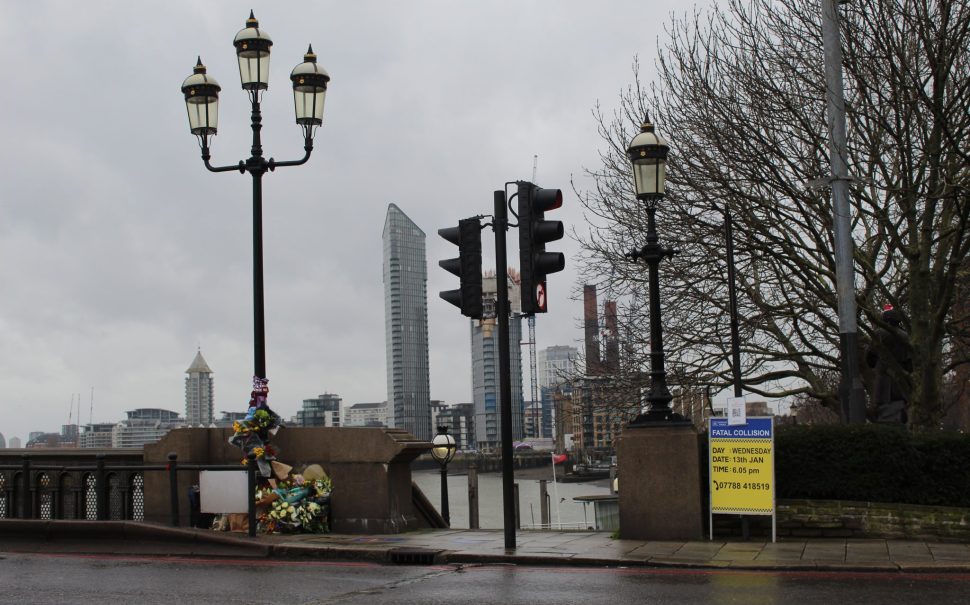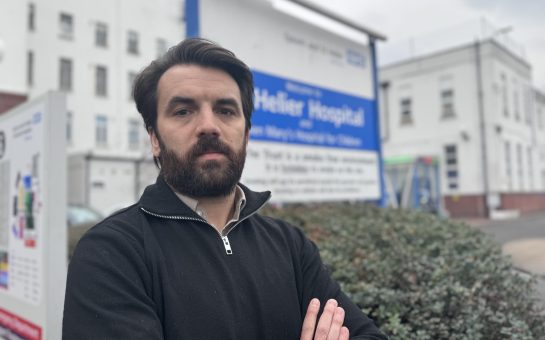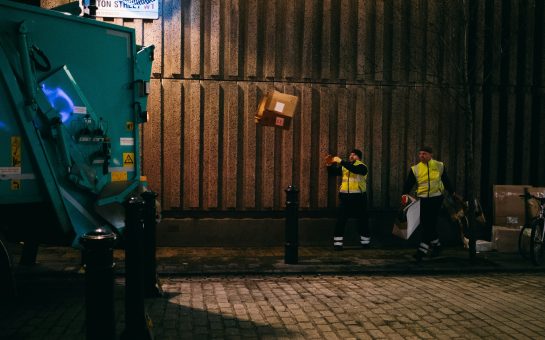Safety improvements are underway on Battersea Bridge following years of public concern after several road incidents, including one death.
The work began on Friday 1 November as part of major development in the area.
The plan will provide necessary works to the bridge such as improved pavements and traffic lights, and changes to several junctions which surround the bridge on the north and south sides.
The improvements are part of the second phase of TfL’s Battersea Bridge Scheme which falls under Mayor Sadiq Khan’s Vision Zero for London, an initiative which aims to eradicate death and serious injury from London’s transport network by 2041.
Trinity Hill, 23, a frequent runner and cyclist on the bridge, said: “I feel very unsafe running and the danger is worse when cycling.
“The bridge is hectic, using it feels unenjoyable.
“I have not been able to use the bridge multiple times due to road incidents which should be a cause for concern.”
The second phase of the Battersea Bridge scheme is planned to last for 11 months.
Initial works on the bridge began following the death of 29-year-old Jack Ryan, who died on 13 January 2021 after being hit by a car travelling south on Battersea Bridge.
Ryan’s death sparked a campaign to develop safety proposals and improve safety on the bridge.
‘Make Battersea Bridge Safe to Cross’, a petition started by journalist Robert McGibbon in 2021, reached 26,509 signatures following Ryan’s death.
TfL then agreed with the Royal Borough of Kensington and Chelsea (RBKC) to speed up urgent plans to improve safety in the area.
Phase One of the Battersea Bridge safety improvements began in November 2021 which included widening the pavement on each side of Battersea Bridge Road lowering the speed limit on Chelsea Embankment and Cheyne Walk from 30mph to 20mph.
In August 2023, a cyclist died following a collision with a Lorry on Battersea bridge.
The incident prompted a protest by the London Cycling Campaign in September 2023 which aimed to highlight the danger to lives of years of inaction on cycling safety by TfL, plus Kensington and Chelsea and Wandsworth councils.
Cllr Cem Kemahli, lead member for planning and public realm at RBKC, said: “[Battersea Bridge] is our borough’s most dangerous junction.
“We must always balance safety with traffic flow and keeping London moving.”
London is at the forefront of Vision Zero, an initiative which was created and implemented in Sweden in 1997 and has now been adopted by several major cities around the world such as New York City and Oslo.
TfL road safety consultant and campaigner Sarah Hope MBE, 52, said: “The government has to realise road crime is no less traumatic than other crimes.
“The key thing is these things [incidents] are preventable.
“TfL has a role and responsibility to prevent and eliminate these incidents.”
Hope was hit by a bus in Mortlake, south west London, on the 25 April 2007.
The bus collision which severely injured Hope, left her then two-year-old daughter Pollyanna an amputee and killed her 66-year-old mother, Elizabeth Panton.
The Sarah Hope Line, set up by Hope in 2016, offers help and specialised support to those involved in or affected by incidents on the TfL network.
Anyone who would like support or help following an incident can call the line on 0343 222 5678, Monday-Friday from 8am-6pm.





